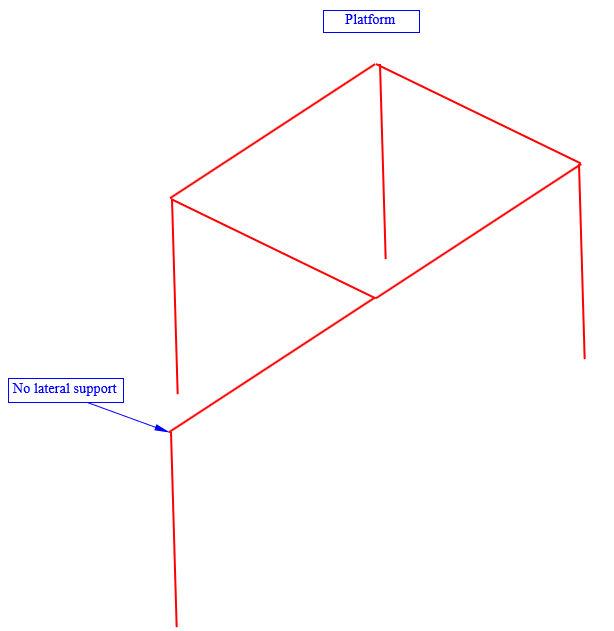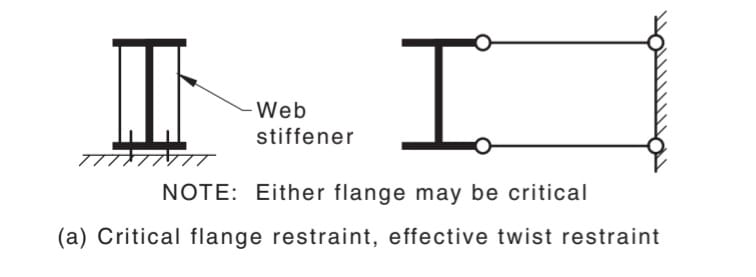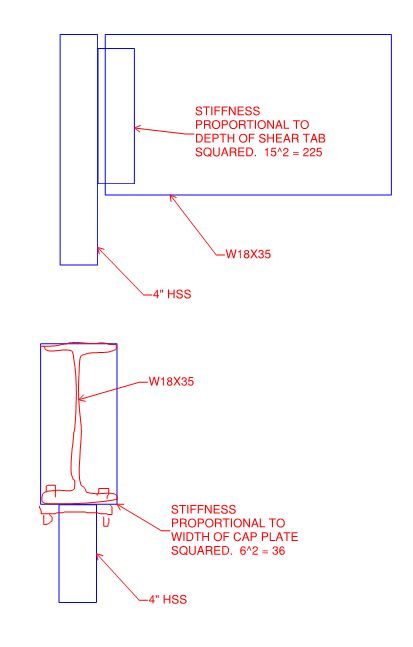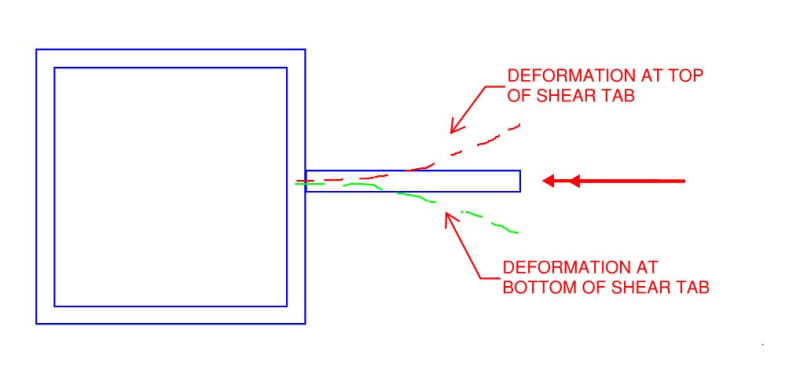steveh49 said:
Our standardised web cleat connection is an 8mm or 10mm plate with snug tight bolts. Is that similar to yours?
Yup. I was originally thinking pretensioned bolts but, now that you mention it, I think that snug tight is probably right.
steveh49 said:
So is it the case that you just don't trust the cap connection based on instinct?
Yes to the mistrust but, as I mentioned previously, it is less that I am anti-cap plate and more that I am pro-shear tab when proportions are such that I'd be concerned about rollover.
Sort of on the "instinct" part. My instincts certainly come into play on this but there's more to it than that I feel. I'll get into that below.
steveh49 said:
Because it seems that the stiffness of the web cleat is also unknown.
That is true... and annoying. That said, I do feel that there are reasons to like the shear tab connections that go beyond mere instinct:
1) I stand by my argument that the stiffness of the connection will be roughly proportional to the square of the connection depth. This isn't the same as truly knowing the stiffnesses, of course, but it's still math damn it.
2) The depth of precedent for simple shear connections being able to successfully restrain beam end rotation is truly significant. Most infill beams, in fact, derive their rotational end restraint from simple shear connections that are only required to be 0.6d or whatever. In contrast, the AISC manual dedicates no less than four pages of details describing how one ought to go about stabilizing beam over column connections. Why does AISC give that issue so much air time? Because beam over column has inherent stability issues.
3) Human909 previously made a point that a) I feel is significant and b) we've kind of glossed over for the most part. Connection stiffness issues aside, a shear tab actually reduces the beams very
tendency to roll over by shifting upwards the location at which the reaction is delivered into the beam, at least to the shear center.
My example of a W18x35 on an HSS4x4 is quite common place in light frame construction where posts have to get buried in narrow stud walls. Whenever I see it, I think to myself "now there's somebody who may have overestimated the reasonable range of applicability of that detail. That would have been better done as a shear tab". Perhaps I'm alone in that.







